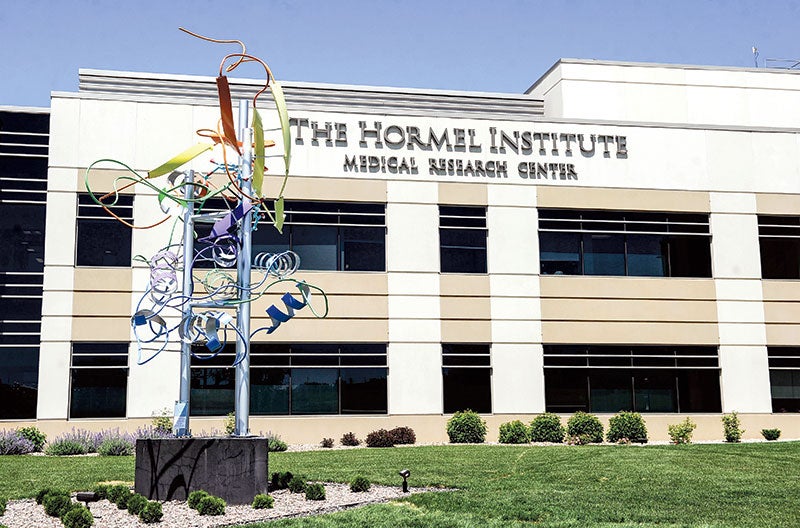Mayo trained in multiple victim trauma
Published 9:18 am Wednesday, October 4, 2017
Providing emergency medical treatment in the case of multiple victims is a situation that staff at Mayo Health System in Austin and Albert Lea train for, officials say.
While no single hospital would be able to provide for the vast need presented in the Las Vegas tragedy on Sunday — four different hospitals treated patients — Mayo Health System has experience in handling trauma incidents involving multiple victims, according to Dr. Jessica Schoen, Emergency Department Medical Director for Austin and Albert Lea campuses.
Staff is also trained in active shooter response annually, she said. Training comes in the way of simulations and “table top” exercises. Staff also reviews any large-scale event that occurs locally.
The Austin and Albert Lea system is considered a Level 4 Trauma Center, based on criteria determined by the Minnesota Department of Health.
Levels of trauma designation — 1, 2, 3 and 4 — are assigned based on site visits from the Trauma Registry and then are granted verification by the state when criteria is met. Mayo Clinic in Rochester, for instance, is a Level 1 center for both children and adults, along with Hennepin County and Regions Hospital in St. Paul.
The levels are not rankings; rather, they refer to resources available at the institutions.
“Our responses have been generally quite favorable in previous weather and multi-victim needs,” Schoen said. “Our multi-tiered system in the communities helps divert patients to multiple facilities in our area, trying to avoid overwhelming just one facility.” Limitations could include physical space, such as beds for patients; staff resources, such as physicians, nurses, ancillary staff, and transport crews; or physical resources, such as blood and equipment.
In the case of trauma emergency, departments in both Albert Lea and Austin “evaluate and treat all patients who present for care,” Schoen said, adding the most critically ill or injured are evaluated first.
When there are multiple victims, additional resources are mobilized as necessary through the Hospital Incident Command System, a leadership team activated when the situation surpasses, or is anticipated to surpass, the normal operating capabilities of the center. It serves as the trigger to call in more resources and staff.
Patients who need hospitalization are kept locally, if possible, and those requiring transfer are stabilized and transferred as quickly as possible to the closest appropriate facility.
Schoen emphasized the high quality of emergency care the emergency departments in both Austin and Albert Lea provide.
“We truly believe that the needs of the patient come first and we are proud to serve our communities,” she said.




